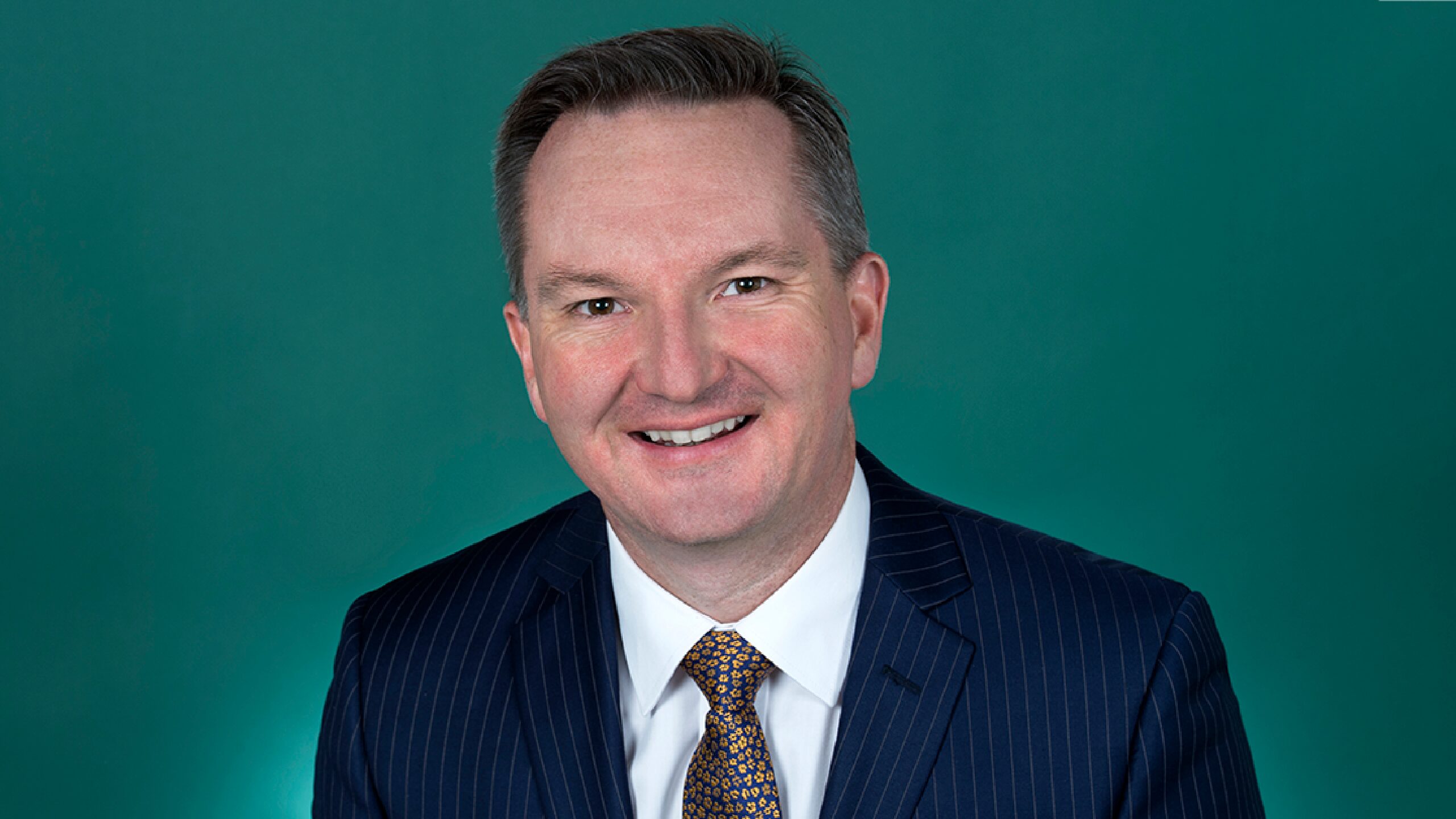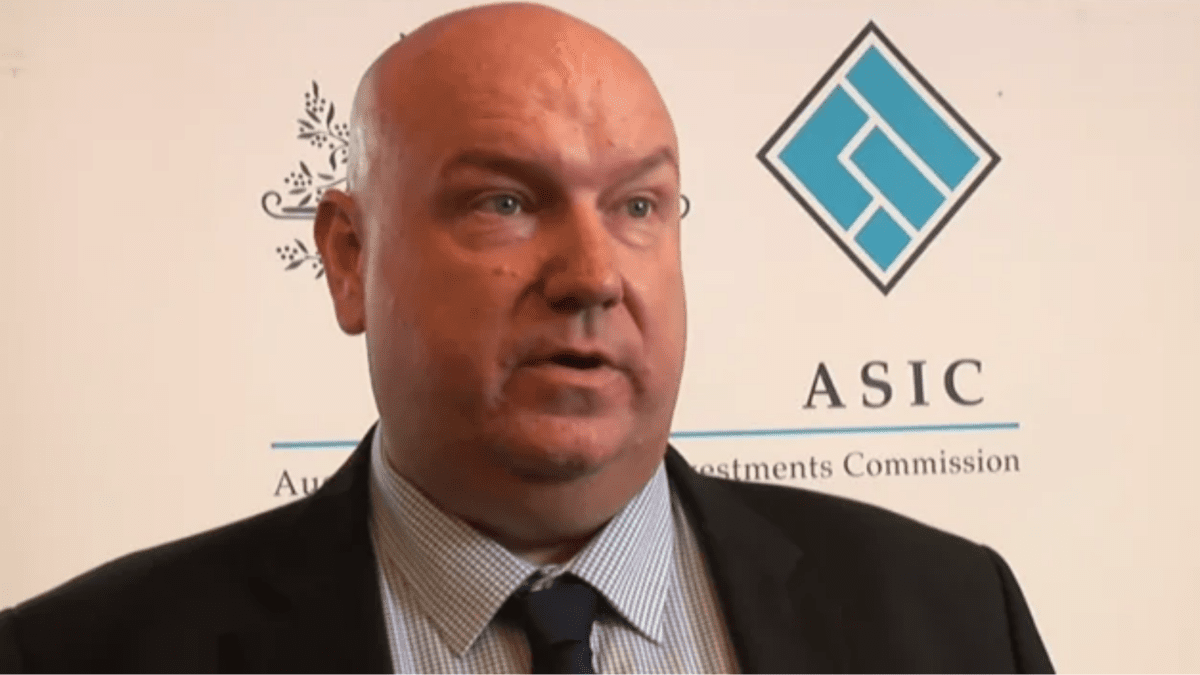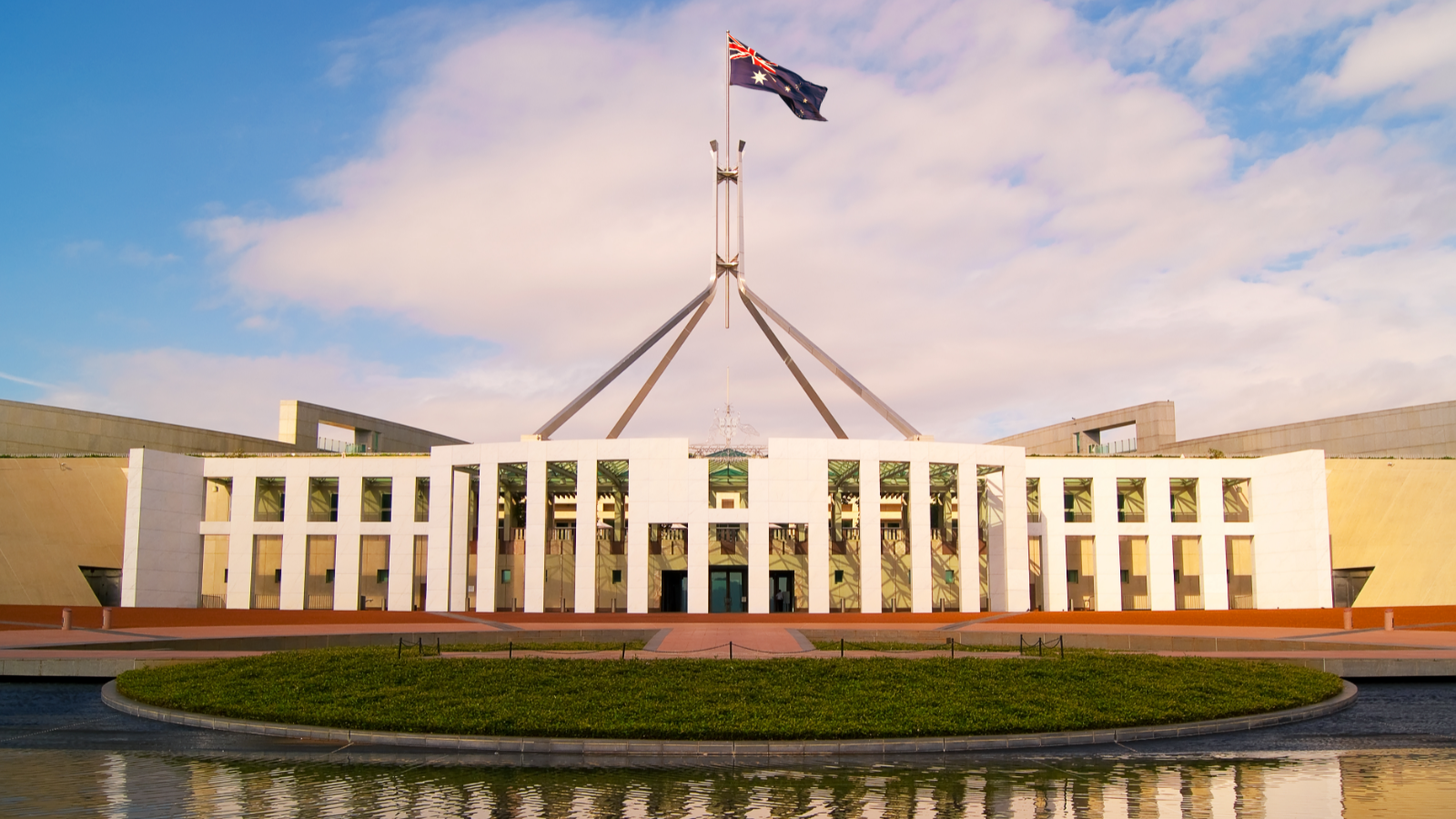Retirement roadmap aims to get Australians spending more super
After 30 years, Australia’s superannuation guarantee system has matured enough to produce a new kind of problem: how to get people to actually spend their retirement savings. A new regulatory roadmap seeks to encourage a greater focus on the drawdown phase of super, with an estimated $400 billion of additional spending on the table.
The Financial Services Council (FSC) earlier this year released its Retirement Income Policy Roadmap calling for a full package of reform to put greater emphasis on retirement drawdown, remove regulatory inhibitors and improve the cohesion of the retirement system. It seeks to address “entrenched behaviour” that sees Australian retirees reluctant to spend their super, keeping too much money trapped in the system.
At a recent event hosted by the FSC, industry leaders agreed that a roadmap, as well as cooperation among regulators and other stakeholders, is needed to fully address the challenge of retirement adequacy in Australia.
“This report is a really important milestone in enabling us to do that,” Edwina Maloney, director of platforms at AMP, said during the panel discussion. “It acknowledges that a culture of ever-increasing super contributions alone is not enough to answer retirement adequacy.”
The focus of super to date has largely been on the accumulation phase, according to Louise Elliott, principal consultant at NMG Consulting, which developed the roadmap on behalf of the FSC. But with Australians’ retirement savings now totalling nearly $3.5 trillion, the focus needs to turn to “providing confidence in drawing down on savings to enable a comfortable retirement”, she said.
While the Retirement Income Covenant was a “critical first step” in that effort, more needs to happen now, Elliott said, noting that retirees are still living well below their means and ultimately leaving behind larger requests than they would prefer.
“How do we change this behaviour and enable Australians to live the retirement they want without forgoing basic comforts due to fear and uncertainty?”
‘Optimised drawdown framework’
According to the roadmap, improving retirement income strategies will hinge on lifting the legal and regulatory barriers that are currently limiting drawdown strategies. For instance, comprehensive financial advice can be prohibitively expensive for many retirees, and the lack of a retirement disclosure framework makes comparison difficult.
An “optimised drawdown framework,” it said, will “help trustees to develop innovative solutions to support members”, including by helping them decide what they can confidently draw down in retirement and increasing confidence that they will not run out of money.
By implementing the roadmap, the FSC estimates that total assets under management in the superannuation industry would shrink by $1.6 trillion by 2026, putting that money into consumers’ hands to spend. It includes three areas of focus for Australian retirement policy, beginning with changing consumer perceptions from thinking of super as a nest egg to focus on consumption.
The roadmap also calls for a focus on the industry developing a broad retirement markets solution and, finally, overall market cohesion.
According to Duncan Rawlinson, senior vice president of RGA Australia, the goal of the roadmap is to get the right information to individuals at the right time, leading up to and at retirement.
“A lot has been said about framing this as an income issue rather than a nest egg issue, and I think that goes a long way,” he said.
The panel members also agreed that to solve the problem of retirement adequacy, the industry, regulators and all stakeholders need to work together in finding a way to facilitate a transition from a mindset of accumulation to one of decumulation. They cited the need for sticks as well as carrots, although they acknowledged challenges around over-regulation and the politics of superannuation.
“The fact that people are holding on to their homes and their super balances into retirement is not just diminishing the quality of their life in retirement, but it’s the underlying cause of the biggest expense lines in the federal budget and of people not living in quality accommodation in retirement in aged care,” said Esther Kerr, chief executive officer for wealth and capital markets at Australian Unity Group.
“There’s a virtuous circle there if we can put all the assets on the table and let people run them self-sufficiently.”









